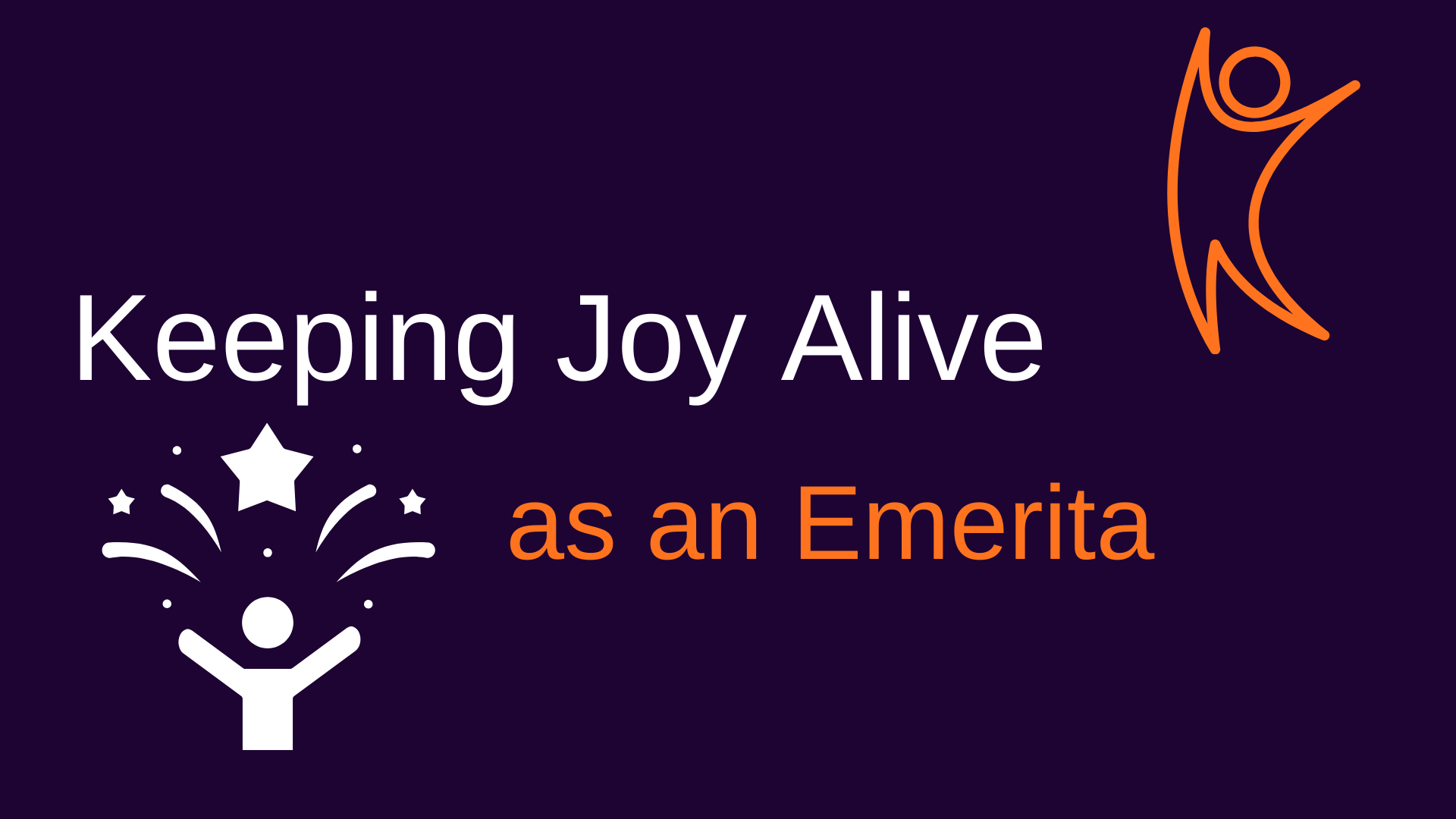Labor Unions and union members have been at the forefront of the fight for a more economically and racially just America. However, until recently, union membership has declined, with low trust in unions. But over the past decade things have taken a dramatic turn. We know, though, that strong working families require strong unions. Foreturantly, the strength and view of labor unions is changing.
Today, Americans view labor Unions in the most positive light in decades and consider them one of the most trusted institutions. At the same time, trust in news and politicians is falling, while more Americans are getting their news on social media.
While social media is awash in disinformation, there is an opportunity to combat it and uplift good progressive pro-labor messaging, the work of unions, and their role in creating a just society. To take advantage of this moment, unions and union members must tap into this new trust and become more adept and organized at using social media.
By intentionally training members as a core part of their strategy, unions can create an organized yet organic, amplification network of pro-union, pro-worker, and pro-democracy voices across races, Black, White, and Latin, across industries, and states.
Union members are in a unique, trusted position to inform and counter disinformation, while countering the well-funded and organized online fascist right— a recent example of the effects of this right-wing effect is the lies about Haitian immigrants, who are working factory jobs others in Springfield, Illinois, don’t want or can’t perform. These lies and disinformation, within a week, went from online trolling in right-wing online spaces to a news story, leading to threats of violence targeting these working families.
Today, only unions have such a network and trust among Americans to consistently amplify pro-labor and progressive messaging. Union members can reach every American because they are as diverse as America itself; there is no one age, race, class, gender, or immigrant background of union members.
There are many well-researched strategies and tactics unions, and their members can further tap into to achieve this. But the first step is deciding to be intentional, to find resources, and to learn consistently. Just as members learn about contracts, local and national issues affecting them, and how to organize their workplaces, they must show the same focused care regarding social media.
How can unions and their members achieve this? We at New Working Majority are holding an introductory Social Media for Members training on October 8th. We also offer ongoing coaching and consulting services on designing a digital organizing program for union members and ongoing social media messaging coaching.
Additionally, unions can engage with other organizations, such as We Make the Future and the Winning Jobs Narrative Project, who have already worked with unions nationwide on messaging.
Unions should dedicate time and resources to ensure these trainings are not one-offs. To further the fight for labor in America, deeper and wider infrastructure must be built to train and organize their members. Just as unions would for any campaign to ensure a united and organized front to protect freedom in America and defend workers across the nation.







.svg)